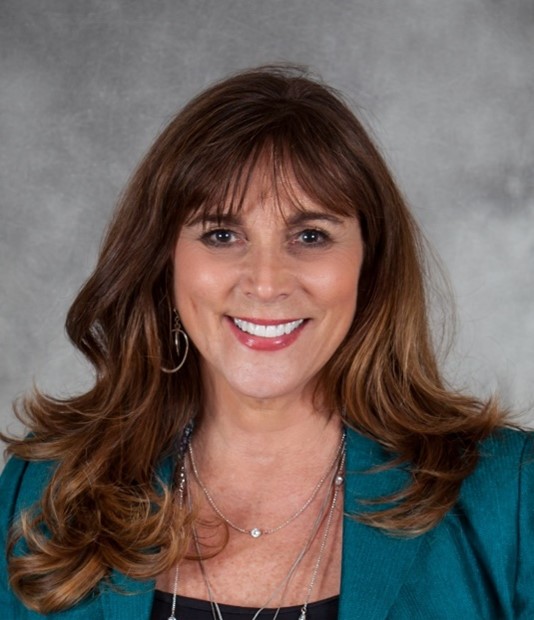
While electronic health records systems are ubiquitous in primary, acute and specialty care settings, long-term care facilities are still lagging in adoption.
The biggest reason for the disparity in adoption is that LTPACs weren’t eligible to participate in Medicare and Medicaid incentive programs to adopt electronic health records.
But it’s critical that LTPACs be able to effectively send and receive patient information. A study of more than 900 nursing homes found a strong correlation between EHR implementation and facility quality. Much relevant information is passing among other healthcare providers, but LTPACs are unable to ingest that information into their recordkeeping systems and use it to better patient care.
Regardless of whether a facility has an EHR, long-term post-acute care facilities must address the fundamental need to communicate with upstream and downstream providers to fully participate in the continuum of care.
Fax still the go-to technology
An estimated 90% of healthcare organizations still use standalone fax machines to send and receive patient data and other protected health information. The physical fax machine is fraught with peril, including the potential for a data breach by sending information to the wrong number and by retaining data on machines when they’re taken for repair or scrapped at the end of their life cycles. It also may require additional steps to convert a fax to a format where it can be stored as part of the patient record.
Even with the continued push toward interoperability, the sheer volume of conflicting technology and data interchange types means significant deficiencies in the ability to exchange data. Digital Cloud fax can bridge the gap between disparate technologies, allowing providers to send information in a HIPAA-compliant format that can easily be incorporated into the patient record.
With this setup, an organization can outsource all fax infrastructure to the cloud and enable staff to send and receive electronic faxes securely by email, through a website or via an app. Additionally, with the right application programming interface integrations, users can fax electronically without having to leave their EHR.
Direct secure messaging is another way providers can communicate without the need for complete interoperability. Cloud fax and direct secure messaging can be used among clinical systems to simplify patient referrals, transitions of care directives, appointment scheduling and more.
Greater emphasis on interoperability for efficient care transitions
Long-term care providers should consider upgrades in technology to take advantage of new Center for Medicare & Medicaid Services rules that will soon require hospitals to provide admission, discharge and transfer notifications to the downstream provider team.
The May 1 deadline represents a tremendous opportunity for LTPACs to form closer relations with referring partners. For better health outcomes, LTPACs must get ready to accept electronic notifications, or they risk lower referrals and a lack of care continuity.
Skilled nursing facilities, in particular, have a huge incentive to connect with upstream and downstream referral partners to facilitate transitions of care in a manner that reduces the chance of readmissions. Penalties associated with the Skilled Nursing Facility Value-Based Purchasing Program have been temporarily suspended during the pandemic, but facilities face a 2% reduction in Medicare payments for failing to meet minimum standards for reducing hospital readmissions.
Effective ADT eNotifications lead to better care coordination reducing both cost and the potential for missed information and a lack of continuity of care, as such solutions have been shown to reduce patient readmissions by up to 18%.
The trend more toward value-based care is undeniable, with a recent survey showing that 40% of respondents believe the pandemic will propel healthcare away from fee-for-service and toward value-based care. Creating value starts with the ability to communicate and interoperate with the entire care team.
LTPACs need to focus on interoperability solutions
With so many competing technologies available, long-term care providers need an integrated approach to delivering efficient continued care for patients. This does not require LTPACs to invest in expensive technologies. Solutions that can send and receive electronic faxes and direct secure messages using C-CDAs can be integrated into existing workflows.
LTPACs can turn to a communications hub that offers a simple, inbox-like interface, streamlining workflows to help providers gain access to critical patient data and enable better care coordination. Providers can manage incoming and outgoing patient data such as Direct secure messaging via the DirectTrust framework or patient information queries for providers live on Carequality, including those connected through CommonWell Health Alliance, data exchange networks like ACOs and HIEs, digital faxes and more.
The continuum of care is just that — a continuum, where each provider plays a vital role in a patient’s overall health. To operate as a continuum, however, providers must be able to communicate effectively and send and receive patient data quickly in a format that’s usable and readily digestible by an EHR or other patient record system.
While long-term care providers have some catching up to do, there is a path forward. CMS is providing the regulatory framework requiring a better process so that we can impact health outcomes.
Bevey Miner serves as Health IT Strategy/Chief Marketing Officer for J2 Global Cloud Services. With over 20 years of experience in healthcare technology and digital health, she has been instrumental in leading strategy, product management, business development, marketing and commercialization.





